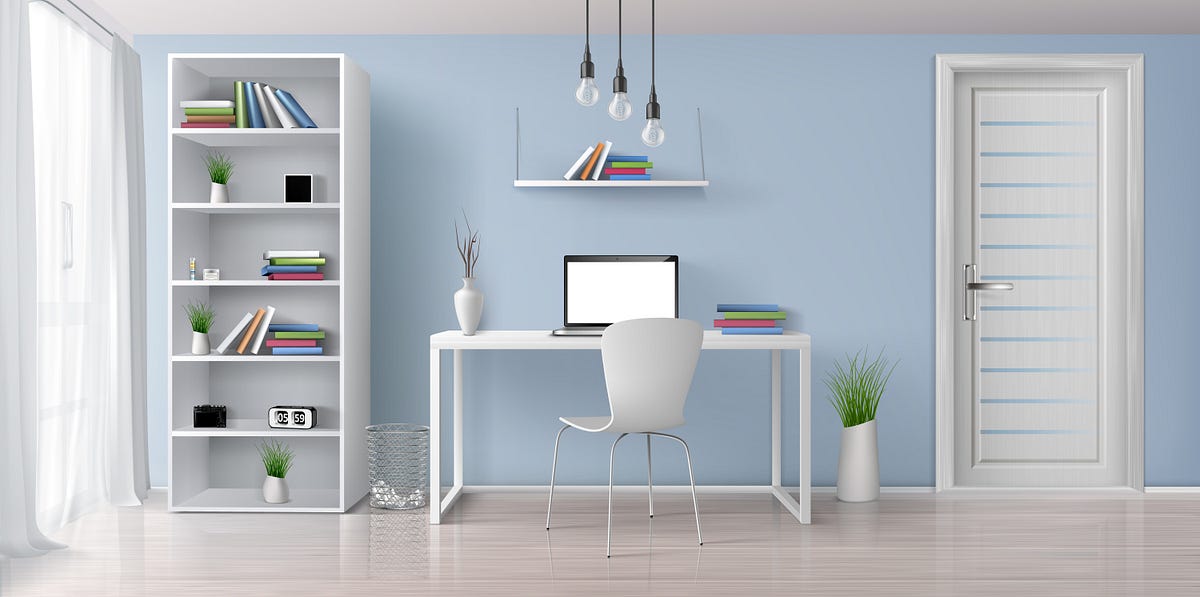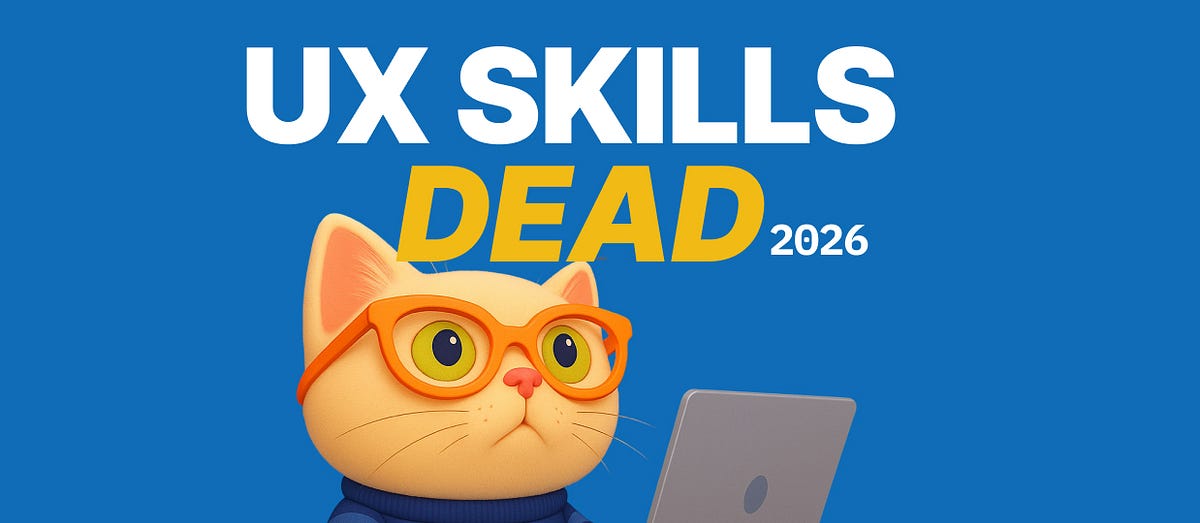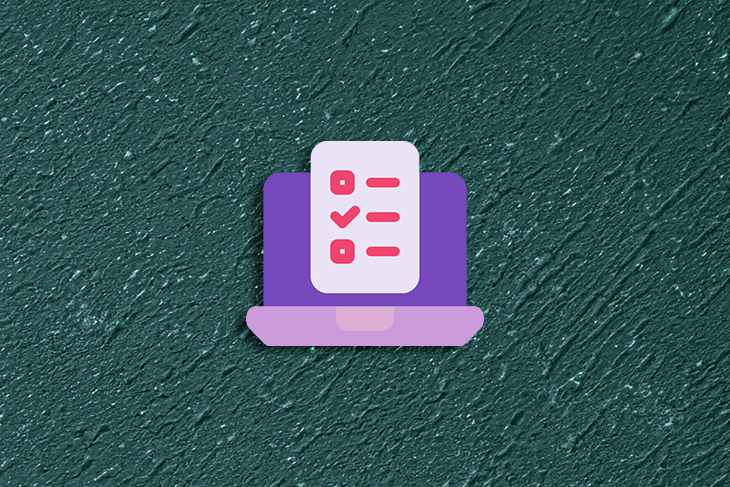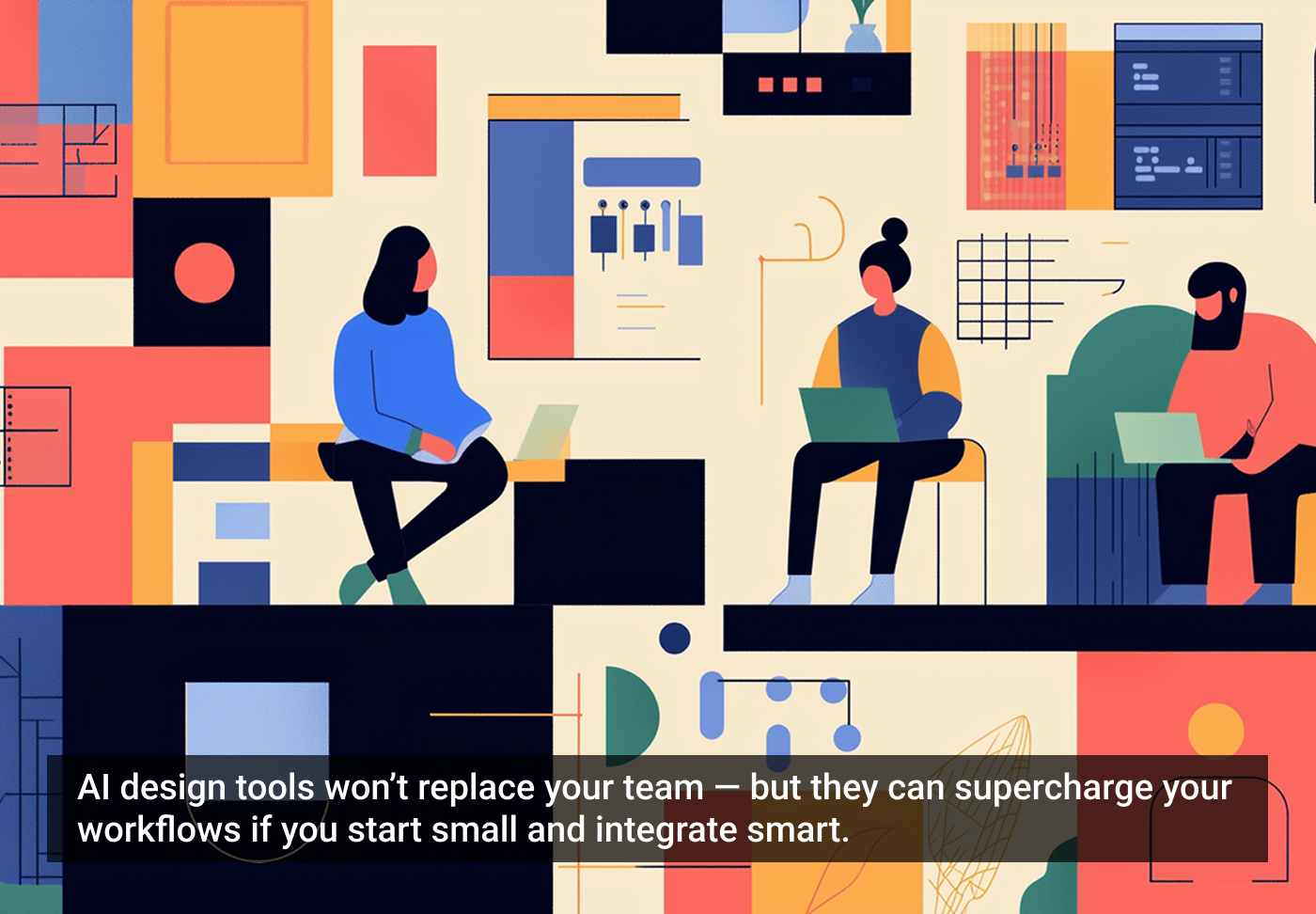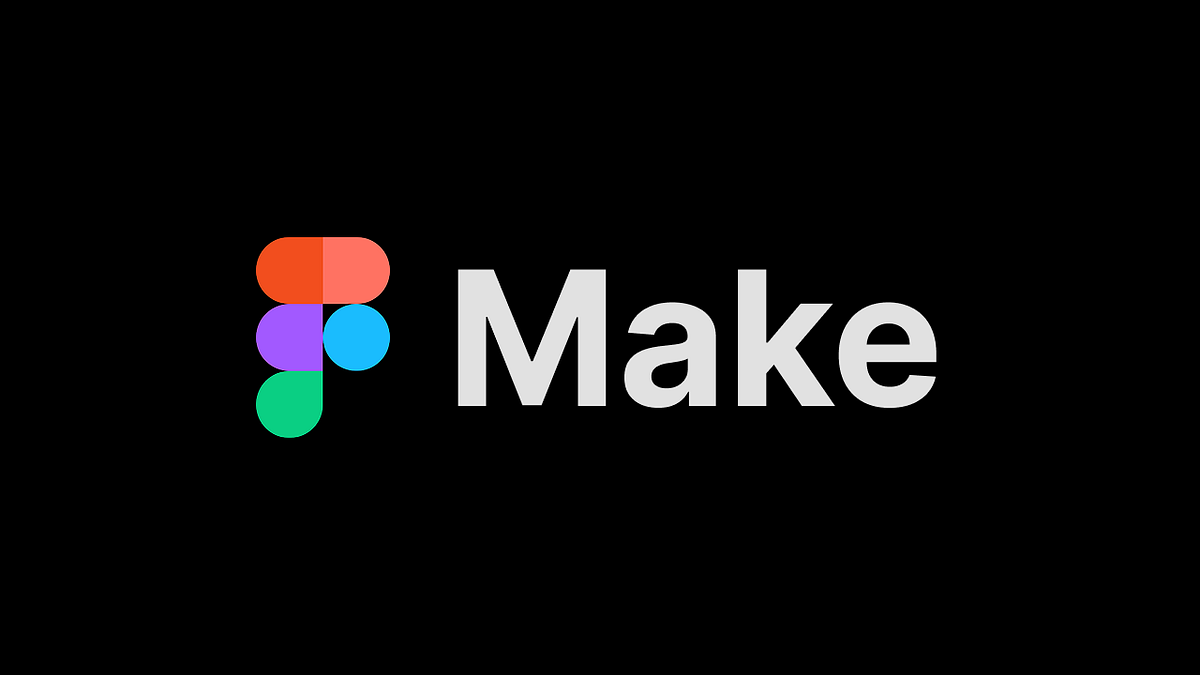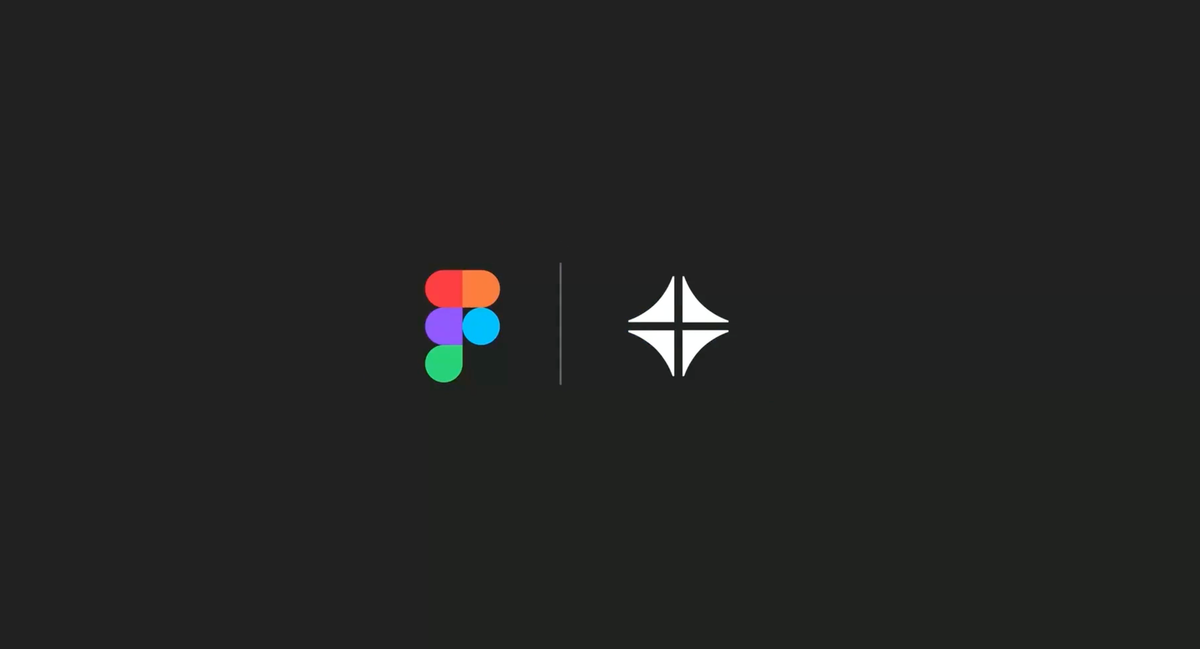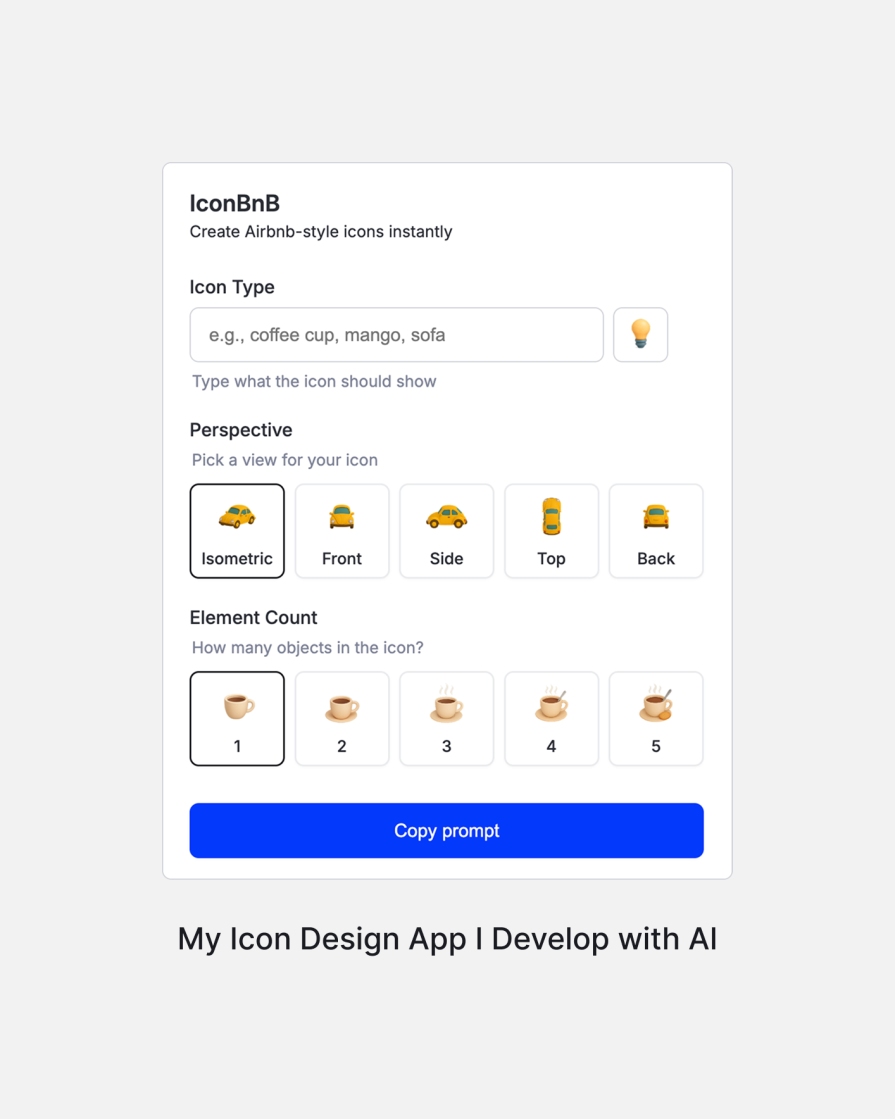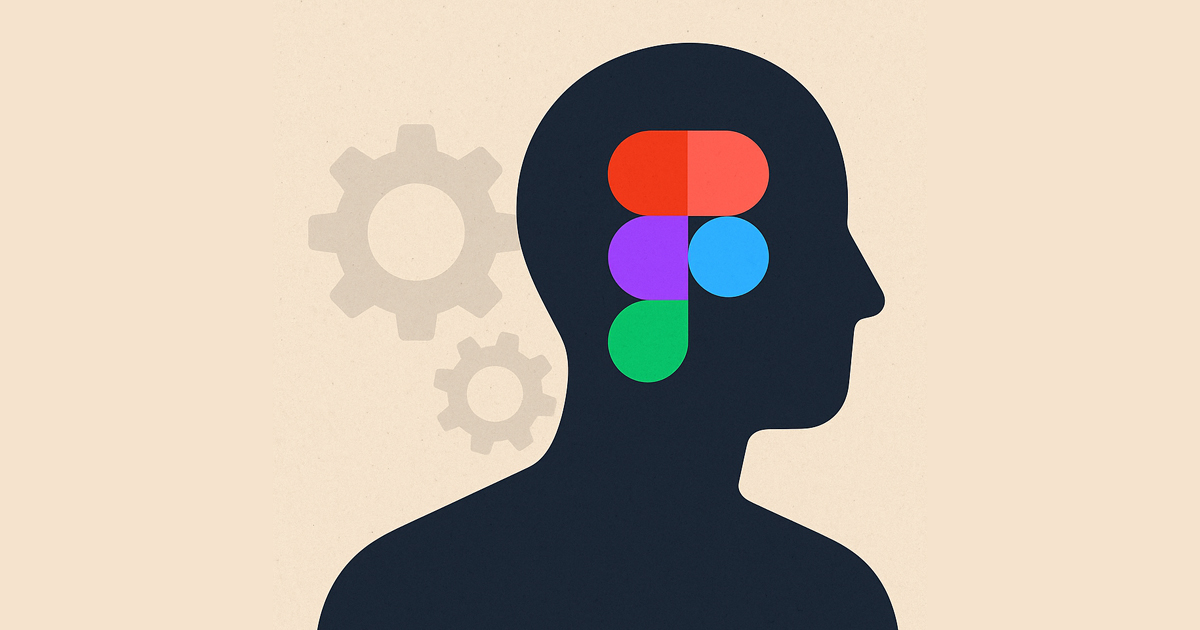#prototyping
#prototyping
[ follow ]
#figma #accessibility #ui-design #ux-design #design-tools #ai-tools #design-thinking #ai-design-tools #vibe-coding #ai
fromMedium
1 month agoAI gardens, Sora icon, Claude Code & Figma MCP, error handling UX
"Open Twitter, LinkedIn, or any blog platform. Scroll for five minutes. You'll see the same articles rewritten 50 different ways. Headlines like: morning routines of successful people, is coding dead in the age of AI, top programming languages to learn this year, how to stop procrastinating once and for all, ChatGPT will revolutionize everything, side hustles you can start today."
UX design
fromMedium
1 month agoClaude For Code: How to use Claude to Streamline Product Design Process
Design-to-code translation (quick prototypes) Once you craft a high-fidelity mockup, you need to turn it into code. Previously, you have either to wait for developers to do it or learn how to code and do it yourself. Nowadays you can simply send your design to Claude and it will code it. I typically use Claude to generate an HTML + TailwindCSS prototype from UI specifications or UI screenshots. Here is how it works. You attach a screenshot of the UI you want to craft and let Claude do the heavy lifting for you.
UX design
fromGameSpot
2 months agoCompany Of Heroes Dev Wants To Release Games Faster But Isn't Going All In On AI
"There's long stretches of time between game releases, and you lose touch with the players, people lose touch with what you're up to--and they generally cost a lot more, the longer they take," he said. Part of what Relic will look to do in the future is "get to market more frequently," and that doesn't mean the company wants to lower the quality bar and simply ship things faster for the sake of it. Already, the studio has improved how fast it can prototype new ideas, Dowdeswell said, noting that staffers can now get a prototype up and running in four weeks.
Video games
fromMedium
2 months agoI Tested 5 AI Tools on 10 Real UI Design Prompts-Here's What Actually Works in 2025
AI design tools are everywhere right now. But here's the question every designer is asking: Do they actually solve real UI problems - or just generate pretty mockups? To find out, I ran a simple experiment with one rule: no cherry-picking, no reruns - just raw, first-attempt results. I fed 10 common UI design prompts - from accessibility and error handling to minimalist layouts - into 5 different AI tools. The goal? To see which AI came closest to solving real design challenges, unfiltered.
UX design
#figma
Graphic design
fromTechCrunch
7 months agoFigma releases new AI-powered tools for creating site, app prototypes, and marketing assets | TechCrunch
Figma launched AI-powered tools for easy website creation and bulk asset management, enhancing collaboration and challenging competitors like Canva and Adobe.
fromClickUp
3 months agoHow to Follow the Product Design Process Step-by-Step | ClickUp
Behind every seamless user interface, stylish wearable, or smart home device you love is a carefully crafted product design process-built through iteration, research, and hours of fine-tuning by product designers obsessing over every detail, right down to the last pixel. But, too often, teams jump from idea to execution, skipping the critical groundwork. The result? Products that look good on paper but fall flat in the real world.
UX design
[ Load more ]
